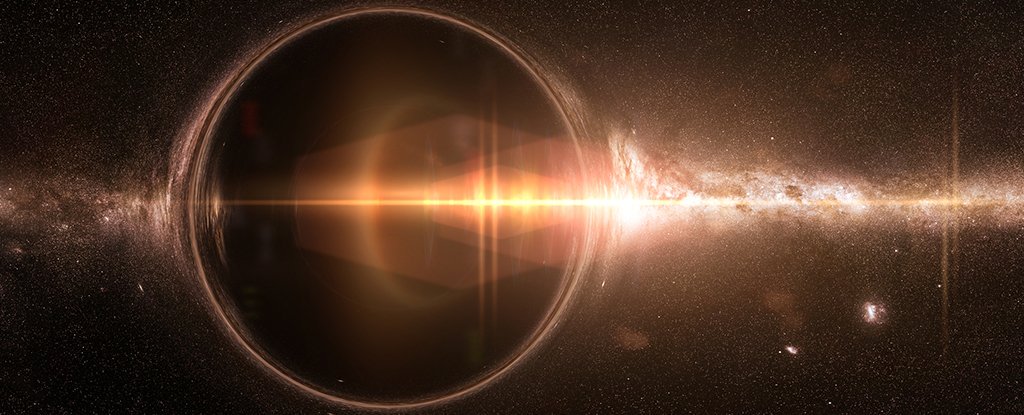
The study of several tens of galaxies within several billion light years from our own, allowed to open a few black holes, which greatly exceeds our expectations about how big they can grow. A recent study not only helps us better understand the evolution of these enigmatic astrophysical objects, but also opens up new interesting questions. For example, how black holes become so incredibly massive?
Black holes which are the result of stellar collapse, need no introduction. We heard that they cause perturbations of space-time, watching them “burp” and even, perhaps, for the first time in history will be able to see one of them this year. Scientists very interesting black holes, it is quite clear why.
“What is a galaxy? This “building blocks” were combined in the overall picture of the Universe. And to understand how they are formed and evolyutsioniruet, we must first understand black holes,” says physicist Julie Hlavacek-Larrondo from the University of Montreal (Canada).
Not that black holes themselves have simplified this work is very difficult to understand that it is impossible (we think) to see directly. Therefore, astrophysicists are looking for other clues that would allow us to dig deeper. One of the areas – search connection between masses of black holes and galaxies in which they reside. If we had a simple way to compare the size of galaxies in their centers black holes, according to scientists, it would save us a lot of time and effort to study both the first and the second.
Therefore, Hlavacek-Larrondo, joined forces with other scientists from Canada, Spain and the UK, conducted a study of 72 galaxies located within a radius of 3.5 billion light years from us, in order to reach a common formula that could simplify the determination of the masses of black holes in galactic centers. On their observations, the scientists shared in the journal Monthly Notices of the Royal Astronomical Society.
To estimate the size of themselves black holes, a team of researchers analysed the spectrum of x-ray radiation emanating from the vortex flow of hot gas accretion disks of black holes, and then compared the figures with the General level of brightness of the surrounding galaxy.
According to a fairly popular hypothesis, the more the galaxy itself, the more can be itself a black hole in its center, but in practice it was not so easy as expected.
“We found that black holes can be much more of the alleged statutory dimensions,” commented the study’s lead author Mar Mezcua from the Institute of space Sciences in Spain.
Instead of the expected correlations in the weight and size of their galaxies a number of black holes showed much faster growth and weight compared to the rest of the surrounding space. It turned out that about 40 percent investigated black holes have a mass, to more than 10 billion times greater than the mass of the Sun. Here however it is necessary to clarify that any records mass were recorded, and the championship still belongs to the black hole of the galaxy NGC 4889, whose mass equivalent to 21 billion solar masses. In addition, there are suspicions that the galaxy S5 0014+81, is 12.1 billion light-years from us, contains a monster with a mass of about 40 billion Suns. Nevertheless, such a large number of supermassive black holes has led scientists to think about how they are becoming such.
The researchers have two theories on this: either these black holes initially appeared very large, and then literally drew a large part of the matter of the galaxy around him, or in our knowledge about how galaxies produce black holes, there are serious gaps.
“They’re so big, because once these appear, or in this they were helped by perfect conditions that allowed to grow very fast within a few billion years? At the moment we can’t answer that question,” says Mezcua.
However, the answer to this question may be contained in another study published in the largest online library of scientific papers arXiv.org and pending verification. The researchers studied more than 30,000 galaxies located within a radius of 12.2 billion light-years, and found that the ratio of the rate of growth of black holes and the growth of stars has accelerated with the growth of galaxies, which were studied objects. In other words, galaxies with lots of stars black holes was always “hungry”.
A more General conclusion from these studies is that the relationship between star formation and black holes do exist, and it is very confusing. Of course, you’ll need more than a dozen studies in order to better understand it. But one thing becomes clear now – without these giants of our universe would look very different.
Trying to understand the nature of supermassive black holes, scientists have discovered dozens of real monsters
Nikolai Khizhnyak